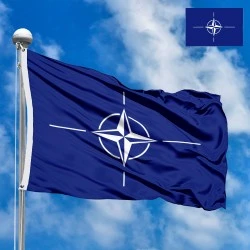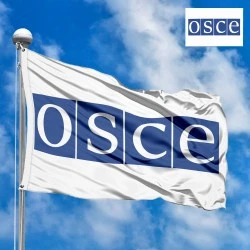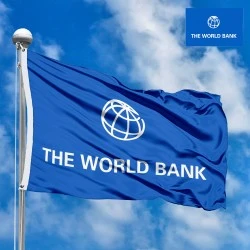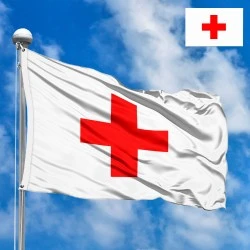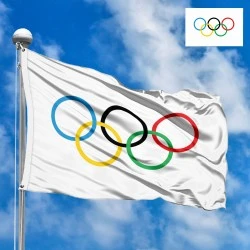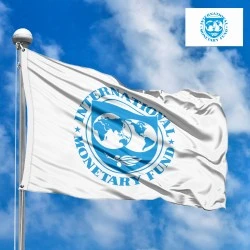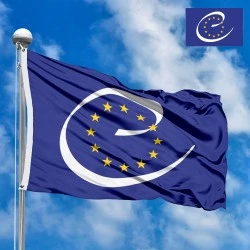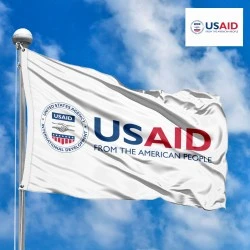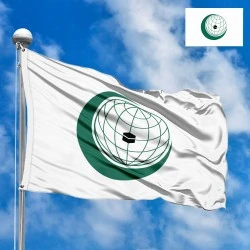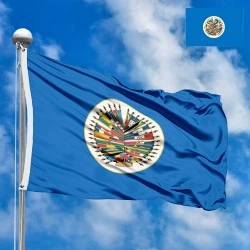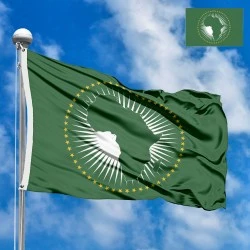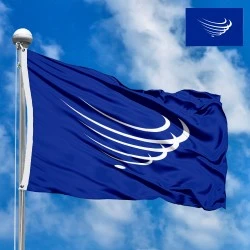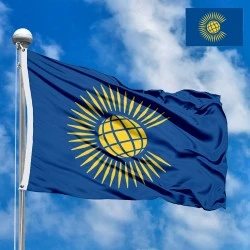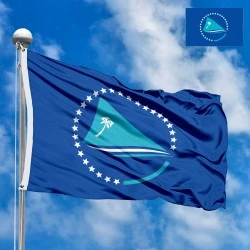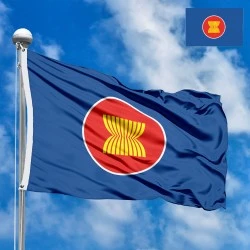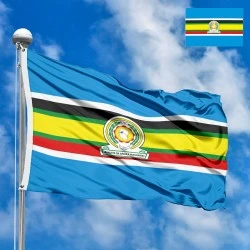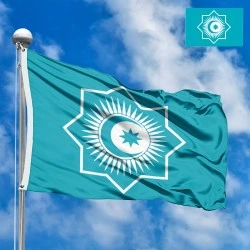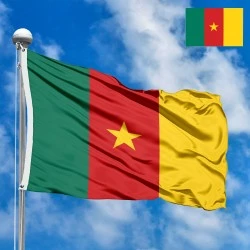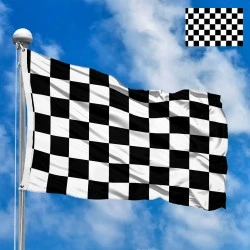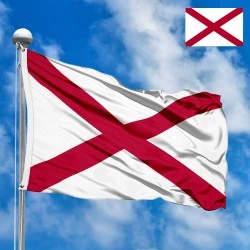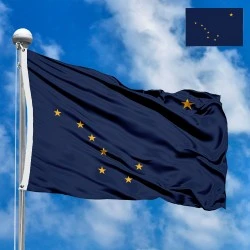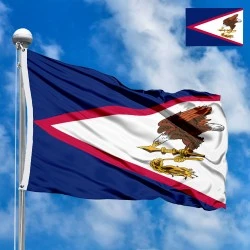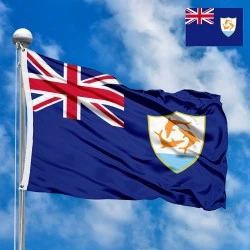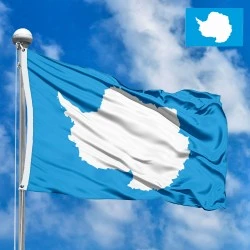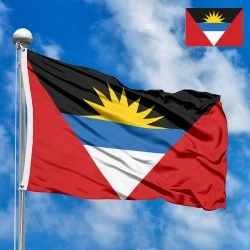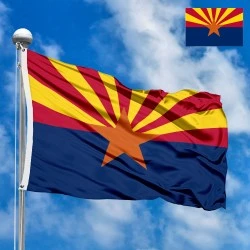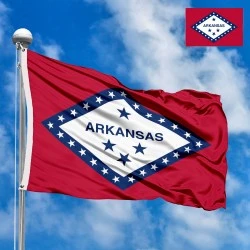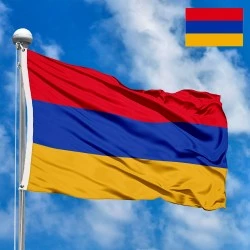Flag of the European Union (EU) Europe
- Flag Type: International organizations
- Proportions (official): 2:3
- Country code, territory: EU, EUR, 993
- Capital: Brussels, Strasbourg, Luxembourg (de facto)
- Large cities: Berlin, Madrid, Paris, Rome
- Religions: Christianity (majority), secularism, Islam
- Currency: Euro (EUR, €)
- Languages: 24 official languages
- National domain: .eu
Flag Information
General information
Demography and Culture
Economy and communications
- All Flags
- Flags of Countries by Continent
-
Flags of Organizations
- Flags of UN countries
- Flags of the European Union countries
- Flags of NATO countries
- Flags of the countries of the Organization of Islamic Cooperation
- Flags of the countries of the Organization of American States
- Flags of the Arab League countries
- Flags of the African Union countries
- Flags of the countries of the Union of South American Nations
- Flags of the Commonwealth of Nations
- Flags of the countries of the Secretariat of the Pacific Community
- Flags of the Nordic Council countries
- Flags of the Caribbean Community
- Flags of the countries of the Association of Southeast Asian Nations
- Flags of the East African Community
- Flags of the countries of the Organization of Turkic States
- LGBT Community Flags
- Historical Flags
- Ethnic Flags
- Flags of the USA (states)
Description
The flag of the European Union is a deeply symbolic and globally recognized emblem that embodies the unity, solidarity, and harmony of the continent's peoples. Its simple yet elegant design carries a rich history, reflecting Europe's journey from conflict to cooperation. The flag is the official symbol of both the European Union and the Council of Europe, underscoring its broad significance for the entire continent.
Design and Symbolism
-
Color Palette: The flag consists of a dark blue field bearing twelve golden stars. The dark blue color, officially Pantone Reflex Blue, symbolizes the sky over Europe, truth, and friendship, and is associated with stability. The golden color of the stars, Pantone Yellow, represents light, hope, and prosperity.
-
Arrangement of Elements: The twelve golden five-pointed stars are arranged in a circle, symbolizing unity, integrity, and perfection. The circle, as in ancient cultures, signifies completeness and harmony. The stars are positioned like the hours on a clock face, creating a sense of continuous motion and eternity.
-
The Meaning of the Number 12: The choice of the number 12 has a special symbolic meaning that is independent of the number of member states. It reflects the ideal of completeness and perfection, analogous to the 12 months of the year, the 12 hours on a clock face, or the 12 signs of the zodiac. This number is a constant element of the flag, emphasizing that the unity of the European peoples is an absolute and unchanging value.
Flag Proportions
The official proportions of the European Union flag are 2:3. However, depending on the context and location of use, other proportions may be used (e.g., 1:2), which does not affect the integrity of its symbolism. All elements, including the colors and the arrangement of the stars, are strictly regulated to ensure the recognizability and unity of the EU's visual identity.
History of Creation and Adoption
The flag's history begins with the Council of Europe, founded in 1949. In search of a common symbol that could reflect the values of democracy, human rights, and the rule of law, a competition was announced. Ultimately, a design proposed by the artist Arsène Heitz was chosen. After lengthy discussions, the Committee of Ministers of the Council of Europe officially adopted the flag with 12 stars on December 8, 1955.
Decades later, in the 1980s, the European Economic Community, the predecessor of the EU, also decided to adopt this flag as its symbol. The European Parliament approved its use in 1983, and on May 29, 1986, the European Council officially adopted it as the emblem for all European institutions. The flag thus became a common symbol for the two key European organizations.
Significant Events Associated with the EU Flag
The EU flag has repeatedly served as a visual marker for important historical moments:
-
Maastricht Treaty (1992): The flag was widely used during the signing of this key treaty, which established the European Union and laid the groundwork for the introduction of the single currency, the euro, symbolizing the unity of the new political and economic ties.
-
Introduction of the Euro (2002): The introduction of the single currency was accompanied by the widespread use of the flag, which became a symbol of economic unity and the success of European integration.
-
EU Enlargements (2004 and 2007): At ceremonies celebrating the accession of new countries (for example, Poland, the Czech Republic, and Hungary in 2004), the EU flag played a central role, symbolizing the commitment to further unity and the expansion of the European area of peace and cooperation.
-
The UK's Withdrawal from the EU (2020): Even after the UK's departure, the EU flag remained an important symbol for millions of Europeans living in the country, serving as a reminder of the values and history that unite the continent.
Application of the Flag
The European Union flag is used in a variety of contexts as a symbol of shared European identity:
-
Official EU Institutions: It is mandatory to fly the flag on all buildings and premises of the European Commission, the European Parliament, the European Council, and other institutions.
-
Public Events: The flag is used at international meetings, sports competitions, cultural festivals, and educational projects where European affiliation is emphasized.
-
National Holidays: Many EU member states fly the flag on national holidays, including Europe Day, which is celebrated on May 9.
-
Diplomatic Missions: The flag is used by EU diplomatic missions outside of Europe to signify their affiliation.
-
Civil Society Organizations: The flag is also frequently used by non-governmental and private organizations to emphasize their commitment to common European values.
In the demonstration images, full-size flags are shown with proportions of 2:3, and hand-held flags with proportions of 1:2.
Donation
Download
Completely free for commercial and non-commercial use (public domain).
You can freely use them in your news magazines, websites, software, mobile applications.
We appreciate a backlink to https://flagssite.com
Raster files - Flag of the European Union (EU) Europe (PNG, JPG)
 Waving flag
Waving flag
- PNG format (transparent background), 72dpi, dimensions in Pixels (px), aspect ratio 3:4.
- 15х20 px
- 30х40 px
- 60х80 px
- 120x160 px
- 240x320 px
 Sizes:
Sizes:
"v15" - image size (by height); if necessary, replace with available: v15, v30, v60, v120, v240.
!!! For resizing, use the Latin (eng) keyboard layout.
<img src="https://flagssite.com/flags/v15/20801.png" alt="Flag of the European Union (EU) Europe">
 Round flag
Round flag
- PNG format (transparent background), 72dpi, dimensions in Pixels (px), aspect ratio 1:1.
"d15" - image size (diameter); if necessary, replace with available: d15, d30, d60, d120, d240.
!!! For resizing, use the Latin (eng) keyboard layout.
<img src="https://flagssite.com/flags/d15/20801.png" alt="Flag of the European Union (EU) Europe">
 Rectangular flag 2:3
Rectangular flag 2:3
- JPG format, 72dpi, dimensions in Pixels (px), aspect ratio 2:3.
"h30" - image size (by height); if necessary, replace with available: h15, h30, h60, h120, h240, h360, h480.
!!! For resizing, use the Latin (eng) keyboard layout.
<img src="https://flagssite.com/flags/h30/20801.jpg" alt="Flag of the European Union (EU) Europe">


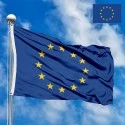
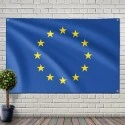
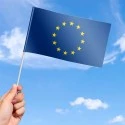

 Sizes:
Sizes:
 Sizes:
Sizes:
